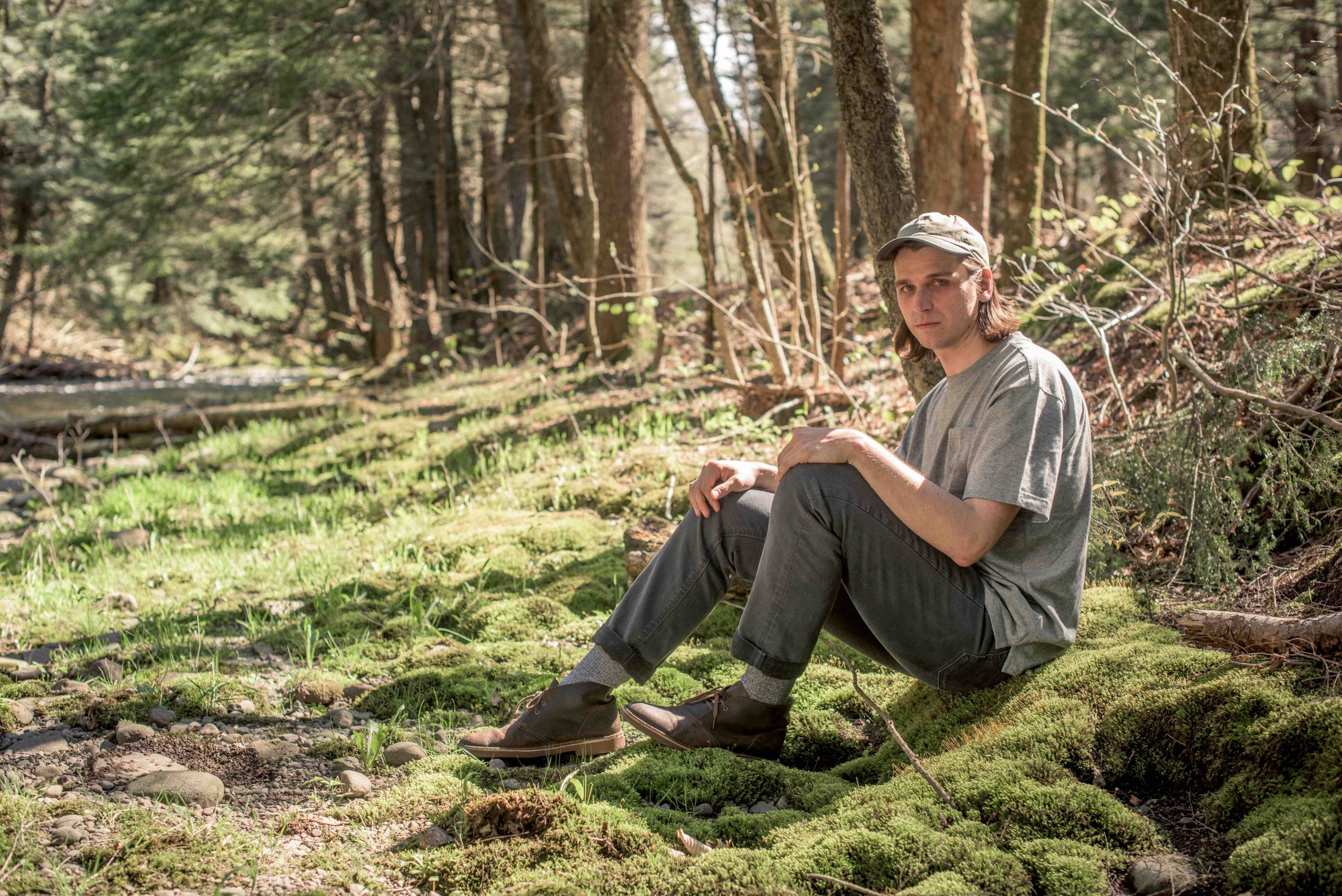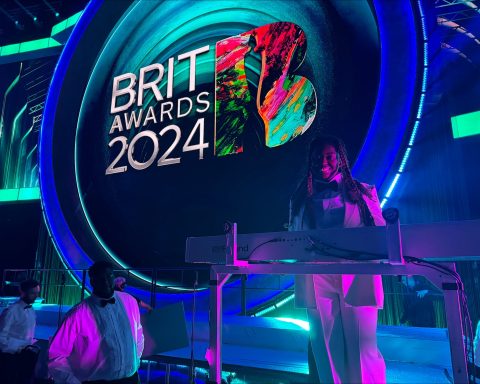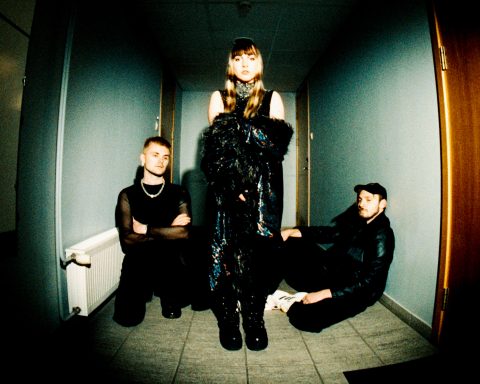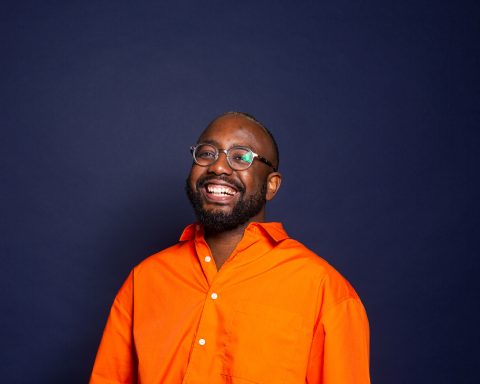To listen to the music of Brothertiger, you’d be forgiven to think that sole tiger John Jagos grew up in the ’80s. Like fellow synth-drenched acts Drab Majesty, Washed Out, and Toro Y Moi, Toledo-bred, the Brooklyn-based Jagos arrives upon the sound through the filter of time.
The Perfect Blend
That distance makes his dreamy, emotionally evocative tunes resonate at a higher frequency than mere pastiche. When, for example, Brothertiger releases a front to back cover of Tears for Fears Songs from the Big Chair album, the gesture is more than tribute—it’s a logical extension of that band’s melodic melancholy in a fresh context.
So, what exactly is it about the ’80s that makes it so important to Jagos creatively? “There’s a sound that is characteristic of that era that I’ve tried to describe to people, though I always seem to do a poor job,” he begins. “It was just this perfect blend of synthesis and pop music that created this amazing vibe.”

He goes on to highlight another less-obvious talking point. “It’s not just synths that I find made it such a cool time for music. ‘World Music’ made a huge impact on the era as well, and as a sound, found its way onto many huge records.”
Creating Connections
From this concept, Jagos draws forth another connection, this time to musical hardware. “It was such a popular thing that practically every synth had a kalimba sound or an ‘Africa pad.’ It’s crazy how much of an impact that had on synth manufacturing.”
His influences go quite a bit deeper than the retro pool. “From a musical standpoint, I’m very influenced by modern instrumental artists like Boards of Canada, Nils Frahm, Ulrich Schnauss, Mark Barrott, Autechre, and others,” he explains.
“There’s a sound that is characteristic of that era that I’ve tried to describe to people.
It was just this perfect blend of synthesis and pop music that created this amazing vibe.”
Talk the Talk
In addition to their sonic depth, Brothertiger’s recordings emphasize songcraft and lyrics in a way that isn’t always the case in the soundscape-heavy world of electronic music.
“When it comes to lyrics, I take heavy influence from artists like Peter Gabriel, Tears for Fears, and Talk Talk. I like songs that tell a story or convey a deeper feeling or something obscure. Right now, I’m listening to a lot of The Blue Nile, Prefab Sprout, Ólafur Arnalds, and Edgar Froese.” With all this diversity, there remains a thread, however. “It’s a wide variety but all electronic in some way, I guess.”
His songwriting and track-building are somewhat intertwined, albeit loosely. “I start by building tracks, getting some distinct sections of songs going. From there, I begin finding a place for vocals.” The process of arriving at lyrics is organic. “I find the vocal melodies much like how I’d find a synth melody. It involves a bit of ad-libbing.”
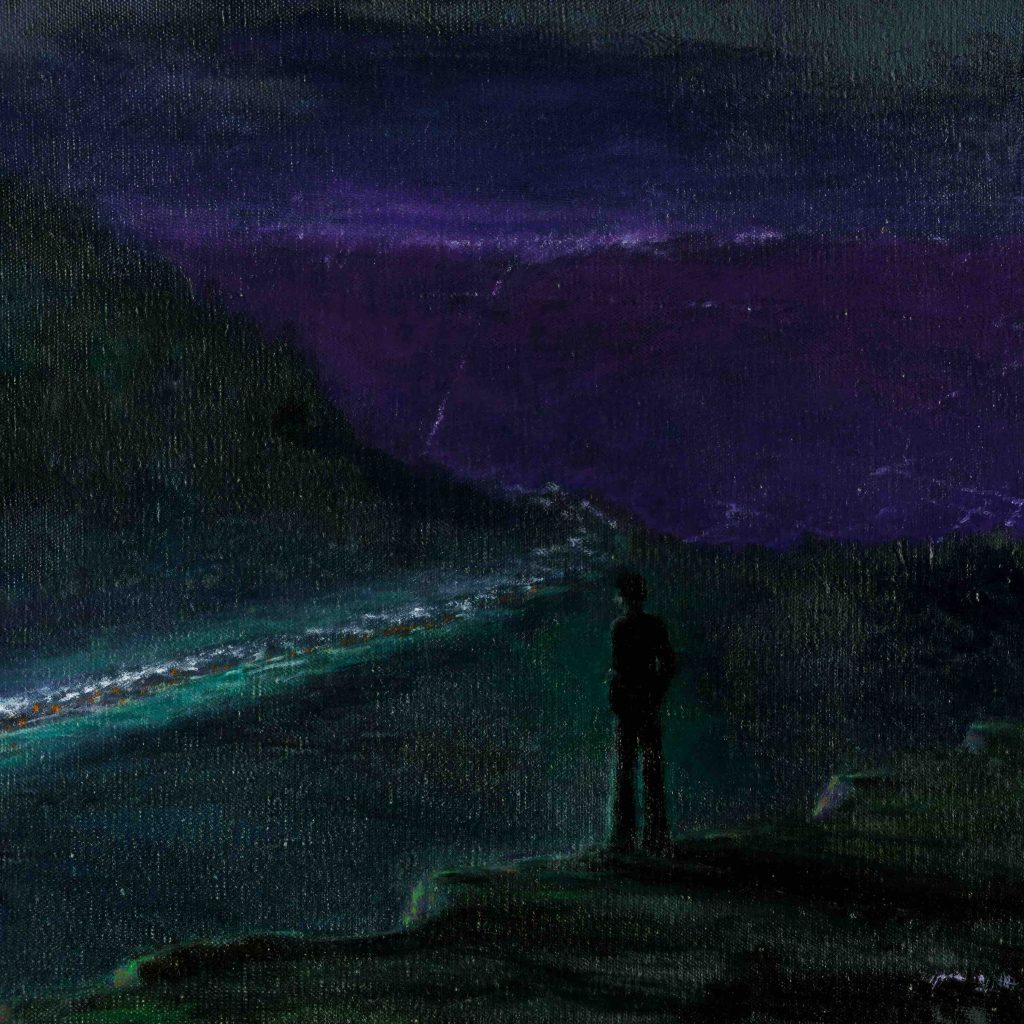
The Outsider
Jagos elaborates. “I’m sure to an outsider, it sounds insane,” he laughs. “In the midst of it all, I start to come up with an idea of what I want the song to be about. The vibe of the melodies is probably the most important part in deciding what a song will be about.”
His next release, Paradise Lost, drops on September 11th and eager fans can grab it on vinyl via Bandcamp. As a self-produced artist recording his music, Brothertiger’s studio setup is designed around the artist’s specific needs. “I have about 12 hardware synths in my studio, and they’re all connected to my patch bay. Ableton is great because you can set up external instrument presets for each device. For every instrument I have in the studio, I can just click on the preset I’ve made for it in Ableton, and it instantly loads in and I can control it from my MIDI keyboard on my desk.”
The benefits of Jagos’ setup far outweigh the effort it took to put it together. “It’s taken me a while to build it the way I like it, but I’m now in a comfortable spot where everything is connected, and I can recall things instantly.”
"We’ve all heard someone talk about how they saw a guy ‘perform’ a show by just standing in front of a laptop and pressing play. That’s a stigma that I’ve been trying to combat for my live show.”
Inspiration and Performance
Like many of the artists who have inspired the project, Brothertiger exists on stage as well as in the studio. Still, there are challenges to bringing nuanced electronic music alive in performance.
“Honestly, it’s hard to bring an engaging show to people as a solo electronic artist. We’ve all heard someone talk about how they saw a guy ‘perform’ a show by just standing in front of a laptop and pressing play. That’s a stigma that I’ve been trying to combat for my live show.”
Like his studio rig, Jagos relies on Ableton on tour and enjoys the possibilities it offers for creating a dynamic live show. “It’s able to clock external synths on the fly,” he says. “I run my vocals through it and add effects to them in varying amounts. I can trigger sections and loop things whenever I want. You can also control moving lights with it, which is something I’m considering for next year.”
As with his recording setup, the show is constantly evolving and growing in complexity. “The more I tour, the bigger I want the show to get, and the more I want to be doing myself instead of having a backing track or something.”
Reading the Stars
While music remains his primary passion, Jagos looks to other mediums to expand his mind. He professes a love of science fiction authors like Arthur C. Clarke. “Clarke’s Rama series has had a major impact on me. His attention to detail and use of actual science are what draw me in. Little details like that make those stories so real. I also love Stanislaw Lem. Return from the Stars and The Cyberiad are some of my favorites.”
These literary interests aren’t relegated to speculative fiction either. “I also enjoy war memoirs and history books. I’ve been reading a few Vietnam memoirs recently.”
"I love my actual JUNO-106, but having a digital version where I can control more automation really opens up the possibilities.”
An Origin Tale
His own Ohio background makes for a unique origin story. “It was an interesting place to grow up. A lot of people find it surprising that I’m from Ohio and make the kind of music that I make, but I have a lot of stories from growing up there that have made their way into my music.”
The mysterious moniker, Brothertiger, comes from another key influence. “As a kid, I loved The Jungle Book. When I started making music in a solo capacity, the name just made sense.”
Vintage Vibes and Fresh Possibilities
Bridging the past and present in much the same way as his music, Brothertiger created an entire Roland Cloud patch collection inspired by his vintage Roland gear. “I started by creating presets based on actual settings I use on the hardware versions,” he says. “I’ve got a JUNO-106, an SH-2, and a JX-3P, so creating presets for those emulations was fairly simple.
Patch creation even resembles his songwriting process in the way it takes shape. “From there, I just explored the synths deeper and found some really interesting sounds.”
The wealth of possibilities virtual synths offer is leading to new sounds, some of which may appear on Brothertiger’s forthcoming full-length. “The fact that they’re digital emulations allows for interesting creative automation,” he offers. “I’ve been using a few of the sounds on the new material I’m working on. I love my actual JUNO-106, but having a digital version where I can control more automation really opens up the possibilities.”
